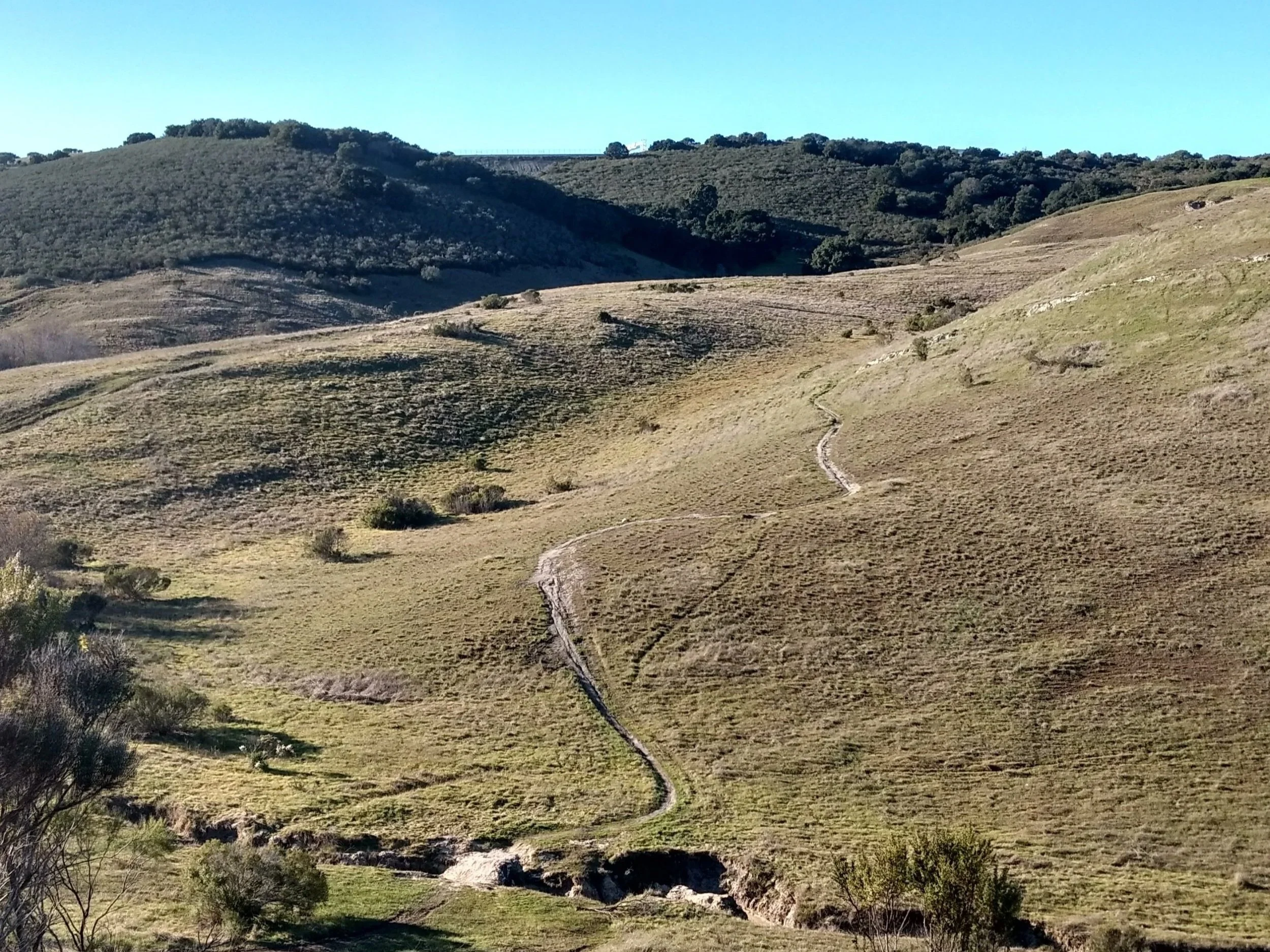Each week throughout 2021, I will share a Bible study blog post taking us through the letter of 1 John. Only five chapters long, this brief book is worthy of our consideration. Whether you drop in for one post or many, I pray that you enjoy them.
When Jesus Called John
Two thousand years ago, Jesus Christ, the Son of God, God the Son, was born of human flesh. While He walked the earth, so did others, and when Jesus was a teenager, a boy named John (not to be confused John the Baptist) was born. Years later, he would become a disciple of Christ. And by the time Jesus was thirty, John might have been a late teen, living and working and growing near the shores of the Sea of Galilee.
His father, a man named Zebedee, was a fisherman. Having had sons, young John and another named James, Zebedee trained them in the ways of his trade. Daily, John learned to fish, and it was his proximity to the Galilean lake which exposed him to Jesus.
Jesus came along, preaching and teaching and miracle-working. The people of Israel had waited for the Messiah, a deliverer, one to overthrow the powers of the age and renew Israel's kingdom, for so long. And as the Word of God flowed through Jesus' mouth and the power of God flowed through Jesus' fingers, John and others began to wonder if Jesus was the Christ-Messiah for whom they had waited.
Alone on the lake's waters, John would have thought about Jesus and His teachings. He and his friends would have discussed Jesus and their thoughts about Him. Some in his circle had even interviewed Jesus privately and were growing convinced He was truly special (John 1:35-42).
One day, John was on the seashore mending the fishing nets. It was an elaborate and delicate duty, but John had grown accustomed to the work. He could take broken, frayed, and tangled netting and restore it to full functionality. It was a tedious and slow job, but, with time and patience, John had learned how to give himself to the task.
And as he mended, on this particular day, Jesus appeared. To Peter and Andrew, themselves business partners with James and John, Jesus said: "Follow me, and I will make you fishers of men." (Matthew 4:19).
Going on from there, Jesus saw James, and our letter's author, John. As they busily mended their nets, Jesus called them. By that point, given everything John had learned of Jesus, and likely had learned of fishing for fish, he was all-in. Nothing could turn him back. He would follow Christ.
When John Defended Jesus
Fast forward from those early and youthful years to John's older years. All the other apostles had died, only John remained. God had given him fruitfulness and strength. He had written an entire account of the life of Christ, with an emphasis on Jesus' true identity as the Son of God, God the Son.
He had pastored as well and was in special connection with a group of believers in modern-day Turkey. He'd pastored in Ephesus, and his relationship with them and churches in Smyrna, Pergamum, Thyatira, Philadelphia, Sardis, and Laodicea had been built upon his years there.
And because John cared for these churches, it grieved him to see them in a state of disrepair due to some who had broken off from them, proclaiming things about Jesus which contradicted Christ as John knew Him. He knew he had to write letters that would circulate amongst those churches. He had to bring them back to the original truth. He had to mend their nets. Tediously, meticulously, he wanted to repair what was broken amongst them.
The deserters, departers, and secessionists from Jesus, the True Vine, had made bold and attractive claims. Since we are nearly two thousand years removed from their error, we do not know what their doctrines were with great specificity, but by reading John's letters, we can glean knowledge of the claims they made.
For one, they said they knew God and were in right relationship with Him. Second, they claimed they were without sin, perhaps Adam's original sin, or maybe sin in their daily experience. Third, they claimed they were helping Christians with this new message which contradicted the gospel the Apostles preached.
With this letter, John would refute each of those claims.
John's Conviction: Jesus Came In The Flesh
But all their claims centered upon a larger postulation. They said Jesus had not come in the flesh (1 John 4:2-3). Again, it is hard for us to know why they said this, or if this was pre-Gnosticism, a belief anything material is evil, but John knew it to be categorically false.
John knew it to be a denial of Christ's true identity as God who became human. John had been alive with Jesus. He'd spent years with the Man before His ascension, and John knew, as the last living apostle, he had to refute such bold lies.
So he wrote, not to those in error, but the church. Over and over again, he spoke to them as if they were his own children. He called them "beloved" and "my little children" time and again. The elder, it seems, had to speak, and it was time for his younglings to hear his voice.
Because of his urgency, and the fact he was a different man than Paul and other authors of New Testament epistles, John went without the typical greeting of ancient letters and instead threw himself immediately into his goal for writing his first letter. It was the style he'd employed when writing his gospel to get right to his mission.
This mission is stated in the first four verses. They are considered the prologue, a statement concerning the aims and goals of his letter. Next week, we will consider the first goal.
But, for now, if the error of John's day was people who had decided to disagree with what the apostles said about Jesus, a good move would be to go back and read what the apostles said about Jesus. Read the gospels. Read the epistles. See how the Old Testament points to Jesus. But get into the life of Christ. Let Matthew, Mark, Luke, and John become your friends.




